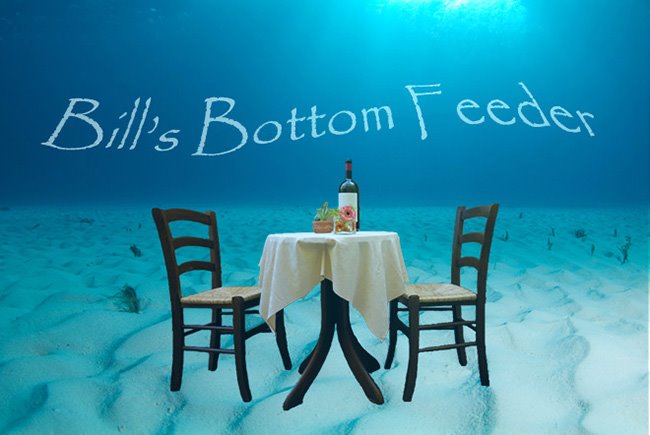New fluttermoble exploration (what’s this button do?) and
various civic meetings have been soaking my time lately… and speaking of
soaking..
I don’t know if I have mentioned previously, but MFO and I
are joining a tour to Scotland a little less than a month from now. We’re going with pretty much the same bunch
that went to Ireland in 2010 from Historic St. Mary’s City. Think you might remember that. So eventually we’ll be sending reports of
Haggis, and other Scottish delicacies.
The agency organizing the trip had a little social last night for the forty odd travelers to meet
and greet, learn a little about the trip, go over itineraries, and so forth. The leader of the trip will again be Dr.
Henry Miller, director of research at HSMC, who went over some of the things we will
be seeing and how they relate to Maryland History. Of course you can’t talk about Scotland
without eventually also talking about Scotch, much as Ireland and Guinness are bound
together. So, knowing the shabby
reputation of the Bottom Feeder, they asked me to put together a little
presentation for the group about Scotch Whisky. Side
note, in America (with a few exceptions) and Ireland it’s WhiskEy (with the "e"). In doing a little research to flesh out my
existing knowledge I found some interesting things. So, without trying to sound preachy I thought
I might pass along some of the things about Scotch that perhaps some people
don’t know. And yes, I know some people
don’t even like Scotch which is fine, hence my DWTHYL theory of beverages and
wine. So a short course (apologies to
any reader who saw this last night) in the terminology of Scotch Whisky
•
For a
Whisky to qualify for the name “Scotch”, it must be:
– Produced
entirely at a distillery in Scotland
– Matured
in Scotland
– Produced
from water and cereals
– Alcohol
strength by volume < 94.8% (47.4 proof)
– Matured
in casks of less than 185 US Gallons
•
in a bonded warehouse for minimum of three years
from date of distillation
•
There are
Three Types of Scotch Whisky:
– Grain Whisky
•
Uses malted and unmalted cereals (barley, wheat, maize)
– Blended Whisky
•
Usually ~2/3 Grain Whisky, and 1/3 single malts
•
Accounts for 95% of Scotch sales – Johnny Walker,
Dewars, Cutty, Chevas
– Malt Whisky
•
Made from 100% Malted Barley, yeast, and water, distilled
in pot stills, batch by batch
– Within
“Malt Whisky” there are two further
distinctions:
•
Single Malt – made at a single distillery - Glenlivet,
Oban, Balvenie...
•
Vatted or Blended Malt – a blend of single malts
(from any distillery in Scotland).. Johnny Walker Green...
So when somebody gives you that bottle of Single Malt Scotch
Whisky you know it is made and aged in Scotland, is from 100% Malted Barley,
yeast and water, and is from a Single distillery. What gives these single malt whiskies their
wide range of flavors is that each distillery uses the water, yeast, and barley
of their choice, has their own processes of using peat (or not) to dry the
malted barley, how long they steep the mashed barley in water (spring, lake,
river, each with different character), the shape and form of the pot still, how
many distillations they go through, how long and in what casks the whisky is
matured. And before bottling a single
distillery might add in a little whisky from a longer aged cask, attempting to
make it what they perceive as their benchmark style..
Anyway in the lovely setting of the State House, we sampled
whiskies of each type (except grain) to demonstrate the different categories
We had Dewar's White Lable and McKORMICK’s as example of popular blends,
a Glenlivet Single Malt, and I wanted an example of a smoky, peaty flavor. So what else would you bring…
Now, look at that label…
given your little primer up above, what category of whisky is this? You know it’s Scotch, and the word Malt tells
you what it was made from. What word is
missing? “Single”. So that means it was not made at one
particular distillery, so it's a blended malt. A peek at the
back label tells all.
It is produced by the “Compass Box Whisky Company”, not some
distillery. And if your eyes permit, under
the “Distillery Sourcing” you will note that they talk about several
distilleries and their single malts
that went into the “Monster”. And they
also say they used “first fill and re-fill” American oak, probably the reason
for the relatively light color. By the
way, upon opening the bottle, you would have thought that somebody started a
bonfire of wet wood. Although the peat
came through on the palate, it wasn’t as scalding on the finish as other
heavily peated ones I have tried.
Okay last test: Here’s
another label to look at:
438
Okay enough for today, I hope it helped those who are less familiar
with Scotch and it’s permutations, and re-affirmed what others already know..
oh, maybe a little postscript is warranted. Just because something isn't the holy "Single Malt Scotch", doesn't mean it isn't good. There are very good drinks in any of the categories. Try them all, explore your tastes, and find what you like. It's fun. your favorite doesn't have to be that $120 bottle! DWTHYL!!





No comments:
Post a Comment